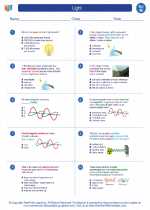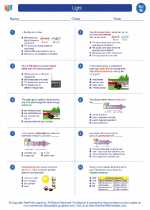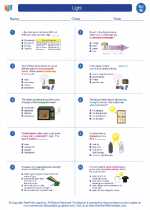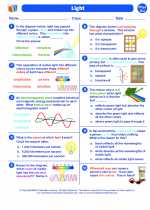Light -> endoplasmic reticulum
Endoplasmic Reticulum
The endoplasmic reticulum (ER) is a vital organelle found in eukaryotic cells. It plays a crucial role in the synthesis, folding, modification, and transport of proteins and lipids.
Structure of Endoplasmic Reticulum
The ER is made up of a network of membranes that form flattened sacs and tubules. There are two main types of endoplasmic reticulum:
- Rough Endoplasmic Reticulum (RER): The RER is studded with ribosomes on its outer surface, giving it a rough appearance. It is primarily involved in the synthesis of proteins that are destined for secretion or insertion into the cell membrane.
- Smooth Endoplasmic Reticulum (SER): The SER lacks ribosomes and is involved in lipid synthesis, metabolism of carbohydrates, detoxification of drugs and poisons, and storage of calcium ions.
Functions of Endoplasmic Reticulum
The endoplasmic reticulum performs several important functions in the cell:
- Protein Synthesis: The RER is involved in the synthesis of proteins, while the SER plays a role in the synthesis of lipids and steroids.
- Protein Folding and Modification: The ER assists in the folding and modification of newly synthesized proteins.
- Detoxification: The SER is responsible for detoxifying harmful substances, such as drugs and alcohol, by modifying them to make them more water-soluble and easier to excrete.
- Calcium Storage: The SER acts as a storage site for calcium ions, which are crucial for muscle contraction and various signaling pathways within the cell.
- Lipid Metabolism: The SER is involved in the metabolism of lipids, including the synthesis of phospholipids and cholesterol.
Study Guide
When studying the endoplasmic reticulum, it's important to understand its structure, functions, and the differences between the rough and smooth ER. Here are some key points to focus on:
- Describe the structure of the endoplasmic reticulum and its two main types.
- Explain the functions of the rough and smooth endoplasmic reticulum.
- Discuss the role of the endoplasmic reticulum in protein synthesis, folding, and modification.
- Explore the involvement of the smooth ER in lipid metabolism and detoxification processes.
- Consider the significance of calcium storage by the smooth ER.
Understanding the endoplasmic reticulum is crucial for comprehending various cellular processes and the overall functioning of eukaryotic cells.








